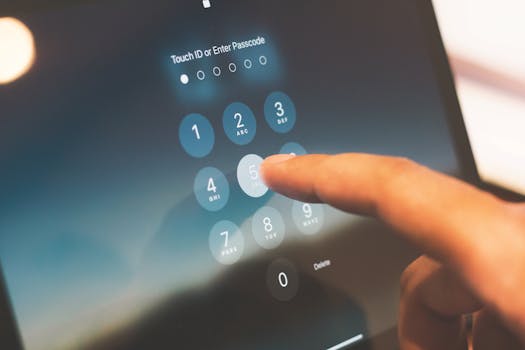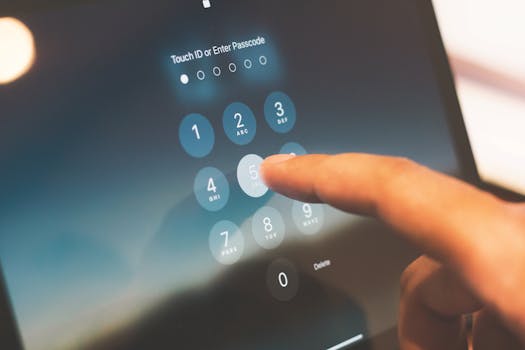Security Challenges in Mobile and Wireless Communication

Security Challenges in Mobile and Wireless Communication
The increasing reliance on mobile and wireless communication has brought about a plethora of security challenges. As Security Challenges in Mobile and Wireless Communication continue to evolve, it is essential to understand the threats and vulnerabilities associated with these technologies. The widespread use of mobile devices and wireless networks has created new avenues for cyber attacks, compromising the confidentiality, integrity, and availability of sensitive information.
Introduction to Mobile and Wireless Security Threats

Mobile devices, such as smartphones and tablets, are prone to various security threats, including malware, phishing, and unauthorized access. The use of public Wi-Fi networks and unsecured wireless connections further exacerbates these threats, allowing hackers to intercept sensitive information and launch targeted attacks. Moreover, the growing trend of bring-your-own-device (BYOD) policies in enterprises has increased the risk of data breaches and security compromises.
Types of Security Threats in Mobile and Wireless Communication

Several types of security threats affect mobile and wireless communication, including eavesdropping, man-in-the-middle attacks, and denial-of-service (DoS) attacks. Eavesdropping involves intercepting sensitive information, such as passwords and credit card numbers, while man-in-the-middle attacks allow hackers to modify or inject malicious data into wireless communications. DoS attacks, on the other hand, overwhelm wireless networks with traffic, rendering them unavailable to legitimate users.
Security Measures for Mobile and Wireless Communication

To mitigate these security threats, it is essential to implement robust security measures, such as encryption, firewalls, and intrusion detection systems. Encryption protects sensitive information by converting it into an unreadable format, while firewalls and intrusion detection systems monitor and block suspicious traffic. Additionally, secure protocols, such as HTTPS and SSL/TLS, ensure the secure transmission of data over wireless networks.
Conclusion

In conclusion, the security challenges in mobile and wireless communication are multifaceted and require a comprehensive approach to mitigate. By understanding the security threats and vulnerabilities associated with these technologies, individuals and organizations can take proactive measures to protect themselves from cyber attacks. The implementation of robust security measures, such as encryption and firewalls, is crucial to ensuring the confidentiality, integrity, and availability of sensitive information in mobile and wireless communication.




